Ukraine troops say firing US weapons into Russia is working and could ‘turn Russian lives into a nightmare’
A decision by Joe Biden to allow the use of weapons across parts of the border has had a ‘large psychological effect’, a colonel tells Askold Krushelnycky, who hears how Kyiv's forces are holding Putin's troops back around towns in Kharkiv
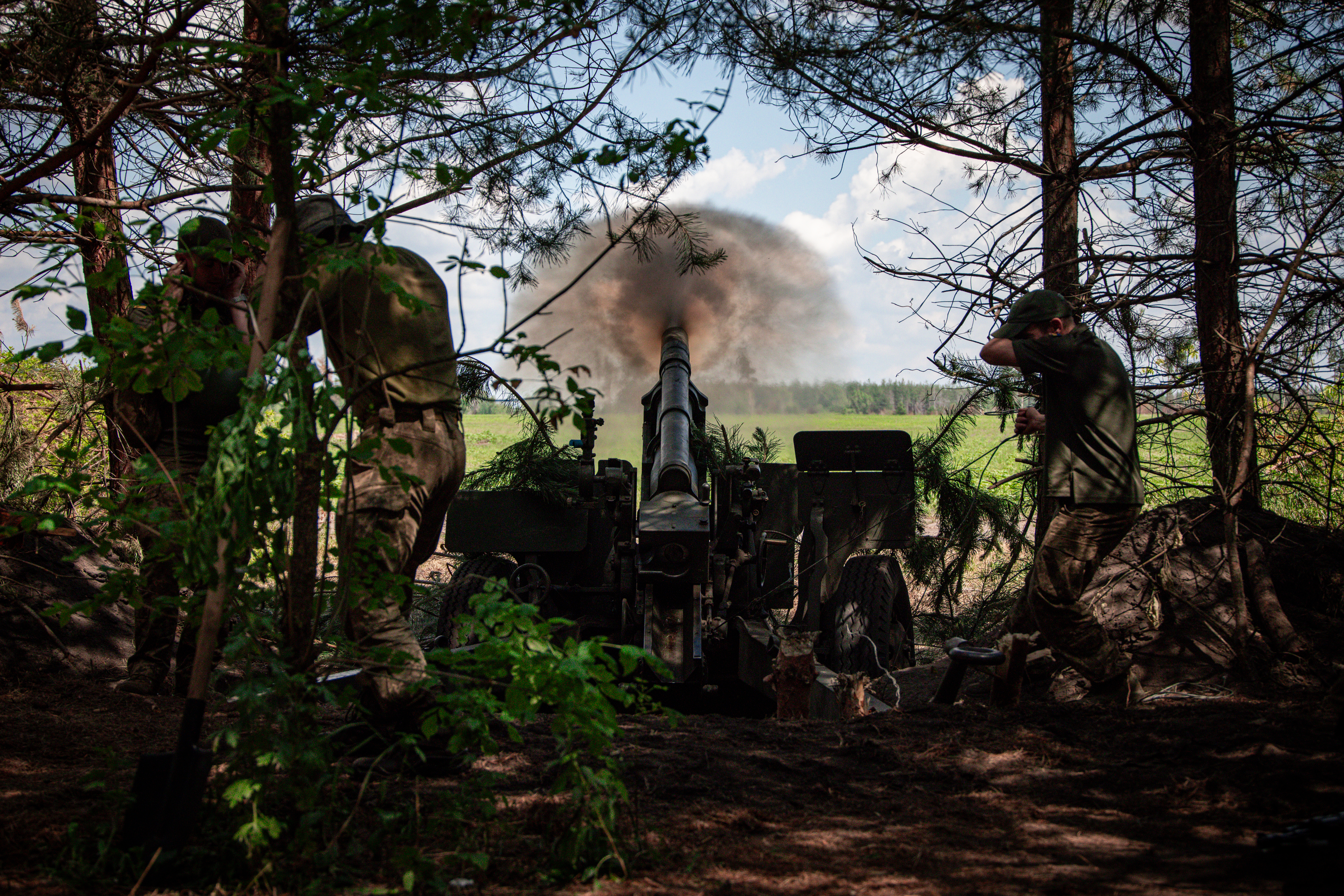
A Ukrainian colonel says Joe Biden’s decision to partially lift restrictions on using American-supplied weapons inside Russia has already yielded dramatic results in helping halt an advance by Vladimir Putin’s forces around the northeastern region of Kharkiv – and has made Moscow’s troops think twice about a widespread assault on the neighbouring area of Sumy.
The colonel, who has close contact with the general staff of Ukraine‘s army, says that Kyiv’s newfound ability to strike around 40km (25 miles) across the border into Russia using US weapons had helped stop enemy soldiers in their tracks in the border town of Vovchansk.
A large part of the town, which has seen some of the fiercest fighting of Russia’s cross-border attack, had been taken by Russian troops before Ukrainian forces managed to slow down and then halt their advance, the colonel said.
“Our forces have pushed them back partly although they still hold about half of Vovchansk, much of which is now destroyed,” he says. “But they have captured about 70 sq km of territory and we don’t know when we’ll be able to push them all the way back over their border.”
The officer added that the ability to use such weapons had also forced the Kremlin to suspend preparations being made to invade the Sumy region, according to Ukrainian and Western intelligence.
The colonel, who did not want to be named, said: “Just the easing of US restrictions has already had a large psychological effect on the Russians. For weeks they had been gathering tens of thousands of soldiers and vehicles in the Kursk region for an assault on Sumy. But the knowledge that we can now hit them at their formation points caused them to pull back.”
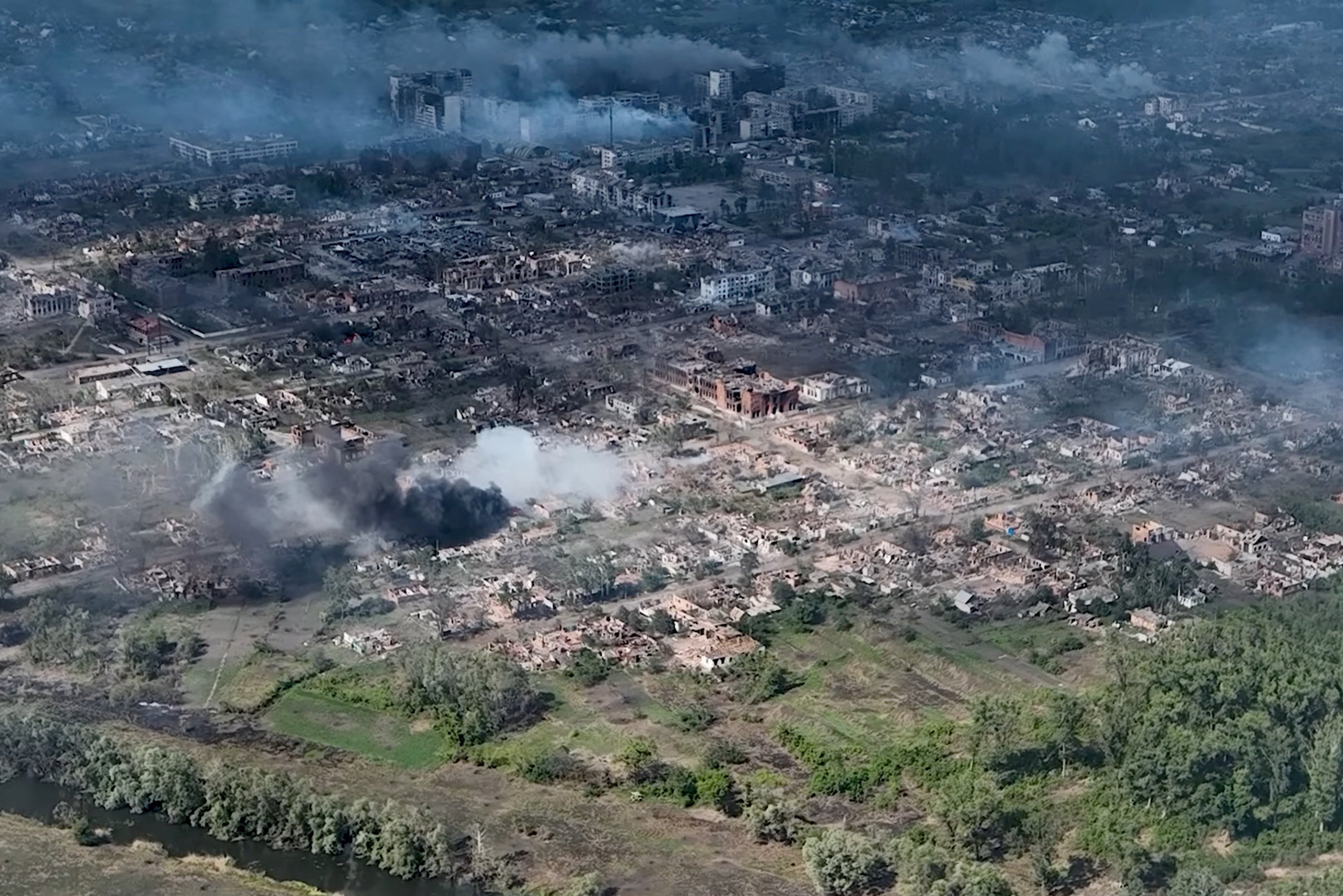
Russia is still fighting hard around Kharkiv, however, with Ukraine’s general staff saying there is a fresh Russian attack continuing and there were 40 clashes with enemy troops on Tuesday morning. Putin’s forces are also launching attacks elsewhere along the 600-mile frontline, sometimes making small advances.
“For now the Russians retain the tactical initiative all along the front. They are continuing attacks in the Kharkiv region at Vovchansk, Lyptsi and Lukyantsi and have intensified attacks in the north and south of [the eastern] Donetsk region, particularly around Chasiv Yar, Lyman, Siversk and Soledar, and in the [southern] Zaporizhzhia region around Robotyne and Pokrovsk.”
Ukraine had been pleading for months to be allowed to use its Western, mostly Nato-supplied, weapons inside Russia to stave off relentless missile and “glide bomb” strikes launched from across the border and out of reach of most Ukrainian air defences.
The glide bombs, conventional iron bombs similar to those dropped from planes since the Second World War, are difficult to shoot down once launched. The weapons are fitted with wings, to allow them a much-extended flight path of around 40km, and often also have a GPS guidance system to increase accuracy.
Ukraine’s best way to counter them was to shoot down the planes that launched them while they were still on the ground at their air bases.
But that meant using Western-provided weapons inside Russia, which has largely been forbidden because of fears that it would provoke Moscow into “escalating” the conflict.
The glide bombs have proved extremely effective against Ukrainian frontline positions. Coupled with a lack of American-supplied ammunition for artillery and rocket systems because of a six-month political spat in the US Congress, the weapons helped Russia to its most significant victory this year when it took the town of Avdiivka near Donetsk city in February.
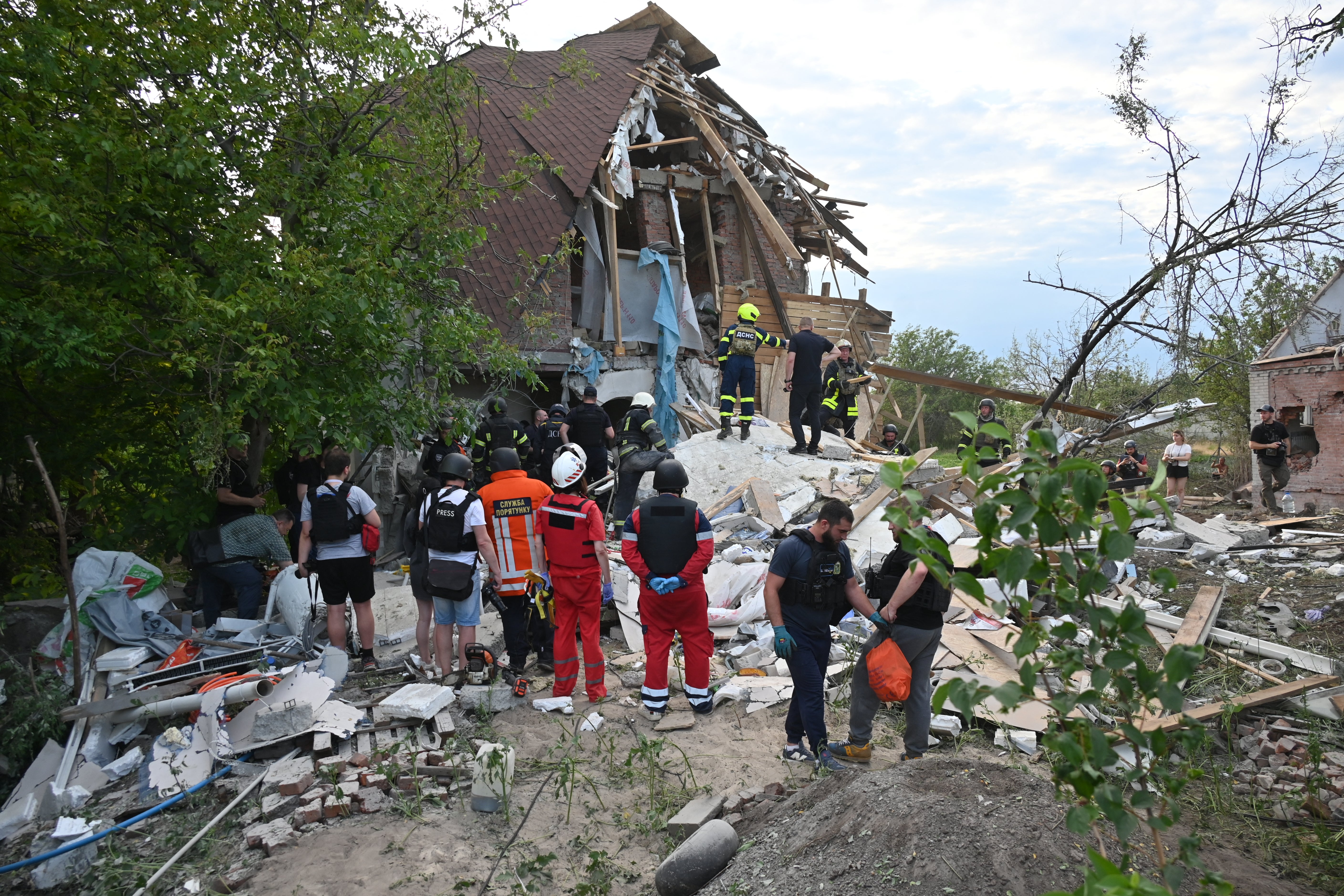
The shocking results of Russia’s coordinated attacks in Kharkiv’s border areas and on the city itself, about 70km away, forced America to lift the ban on using weapons inside Russia, at least partially.
Ukraine has used US high mobility artillery rocket system (HIMARS) projectiles to hit Russian long-range missile systems within the newly allowed limits.
The colonel says Kyiv wants to use longer-range, extremely accurate American ATACMS missiles for striking military targets anywhere and without distance limits deep over the border, but they have so far been provided for use only in Russian-occupied Ukrainian territory such as Crimea.
The colonel adds: “If the restrictions on using weapons in Russia are further removed – and I think things are moving in that direction – and we can use long-range missiles such as ATACMs, then we could turn the Russians’ lives into a nightmare.”
On Tuesday, the US also lifted a ban on providing American weapons and training to a controversial Ukrainian military unit that was key to the defence of the major port city of Mariupol.
The Azov Brigade is among Ukraine’s most effective and popular fighting units – but has been dogged by criticism for some of its tactics and its origins as a volunteer battalion that drew fighters from far-right circles. The US had banned the regiment from using American weapons, citing the neo-Nazi ideology of some of its founders.
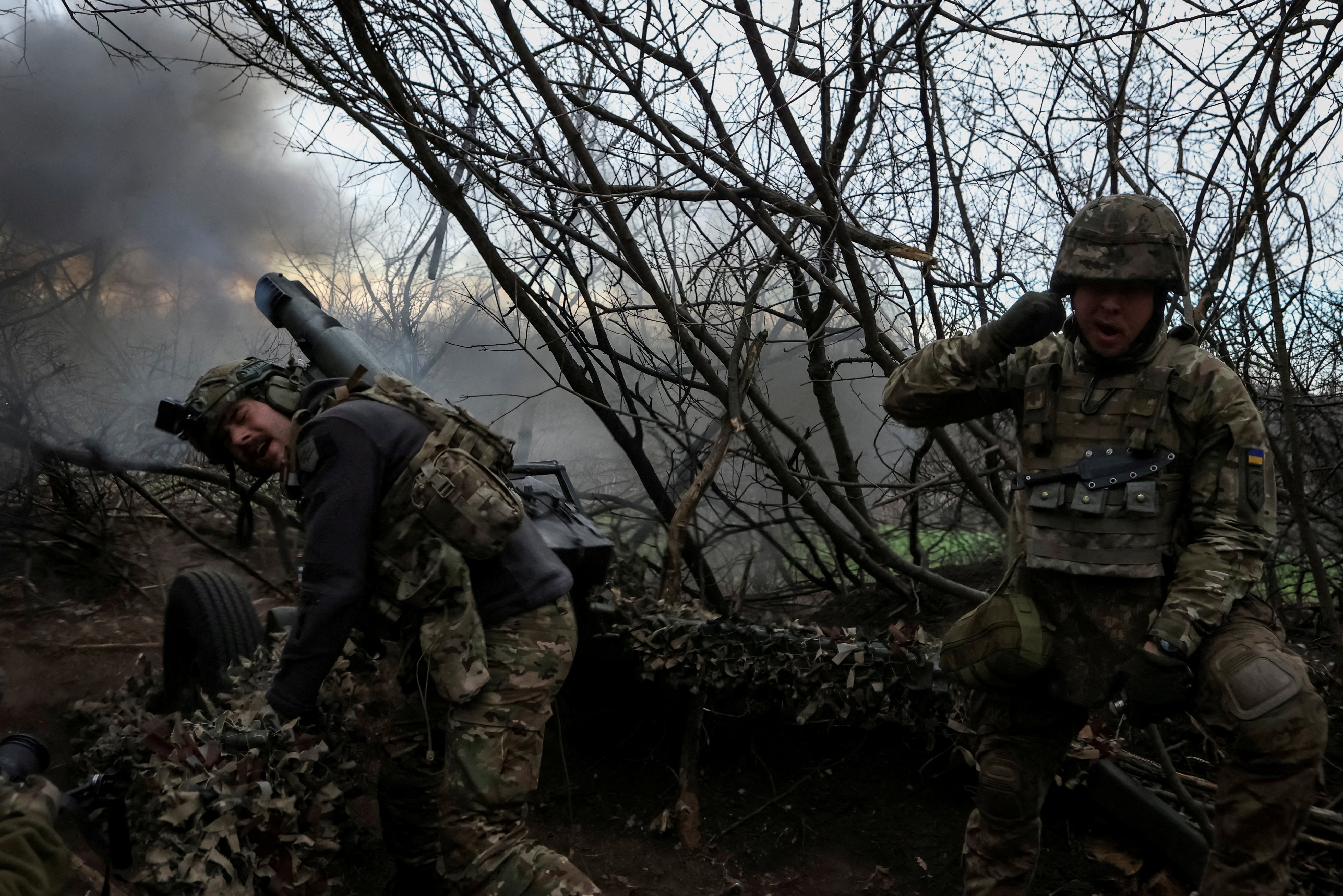
The current members of the Azov Brigade, which has been absorbed into Ukraine’s National Guard as the 12th Special Forces Brigade, reject accusations of extremism and any ties with far-right movements.
US law prohibits providing equipment and training to foreign military units or individuals suspected of committing gross human rights violations. The State Department said in a statement that it found “no evidence” of such violations in the brigade.
“This is a new page in our unit’s history,” the Azov Brigade wrote in a statement on Instagram. “Azov is becoming even more powerful, even more professional and even more dangerous for occupiers.
“Obtaining Western weapons and training from the United States will not only increase the combat ability of Azov, but most importantly, contribute to the preservation of the lives and the health of personnel,” the statement said.
Moscow’s reaction to the US and other nations relaxing the rules on weapon use inside Russia has been furious. Putin and other high-ranking officials have been threatening retaliation, including possible nuclear strikes, against countries supplying weapons to Ukraine.
Putin made a chilling warning during a press conference in St Petersburg last week, saying if Western countries, particularly Germany, armed Ukraine, “Why don't we have the right to supply weapons of the same class to regions of the world where there will be strikes on sensitive facilities of those countries?”
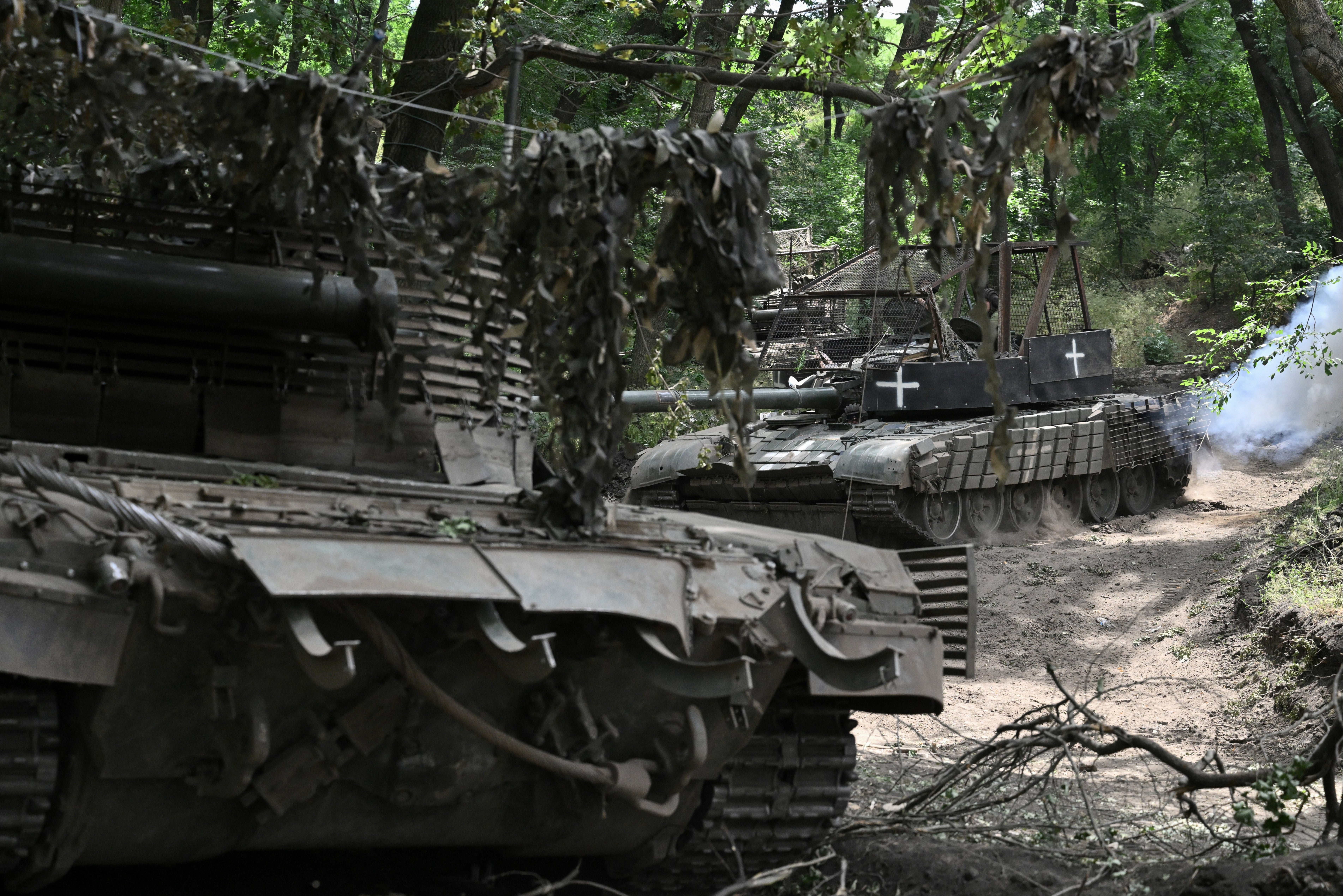
Although Russia does not have the manpower and weaponry to launch a massive offensive around the northeastern border at the moment, the colonel says the Ukrainian military and intelligence agencies expect them to do so later this summer.
He added: “They are testing us everywhere, looking for weaknesses in order to choose where they will strike. They will try in Sumy and west of Sumy in Chernihiv region and all the way to the Polish border.”
However, Kyiv is suffering from a shortage of manpower and the colonel says Moscow probing all along Ukraine’s land border with Russia and its obsequious ally, Belarus, will stretch Ukraine’s forces dangerously thin.
The colonel says the Russians, from early on in the February 2022 invasion, have used convicts and new, poorly-trained conscripts as cannon fodder and have refined the method for probing.
“They are using small, say 12- to 15-strong, assault groups, of three different levels of quality. They first send in their ‘Storm Z’ troops of convicts. These are the most expendable... The second wave are conscripts, many of them poorly trained... They also suffer big casualties and the purpose of these first two categories is to identify concealed Ukrainian troop and artillery locations as forces engage.
“The Russians then send drones to hit the identified positions or send in their professional regular army troops,” the colonel adds.
He says Kyiv’s forces inflict three to four times as many casualties on the Russians than the Ukrainians suffer. But the sheer number of Russians thrown onto the battlefield and the Kremlin’s indifference to how many men it loses causes Ukraine casualties it can ill afford.
“Russia doesn’t care how many of its men it loses and with a population three times larger than ours, it’s clear that for us to win we have to develop new technologies and be more innovative in everything we do.”






Join our commenting forum
Join thought-provoking conversations, follow other Independent readers and see their replies
Comments